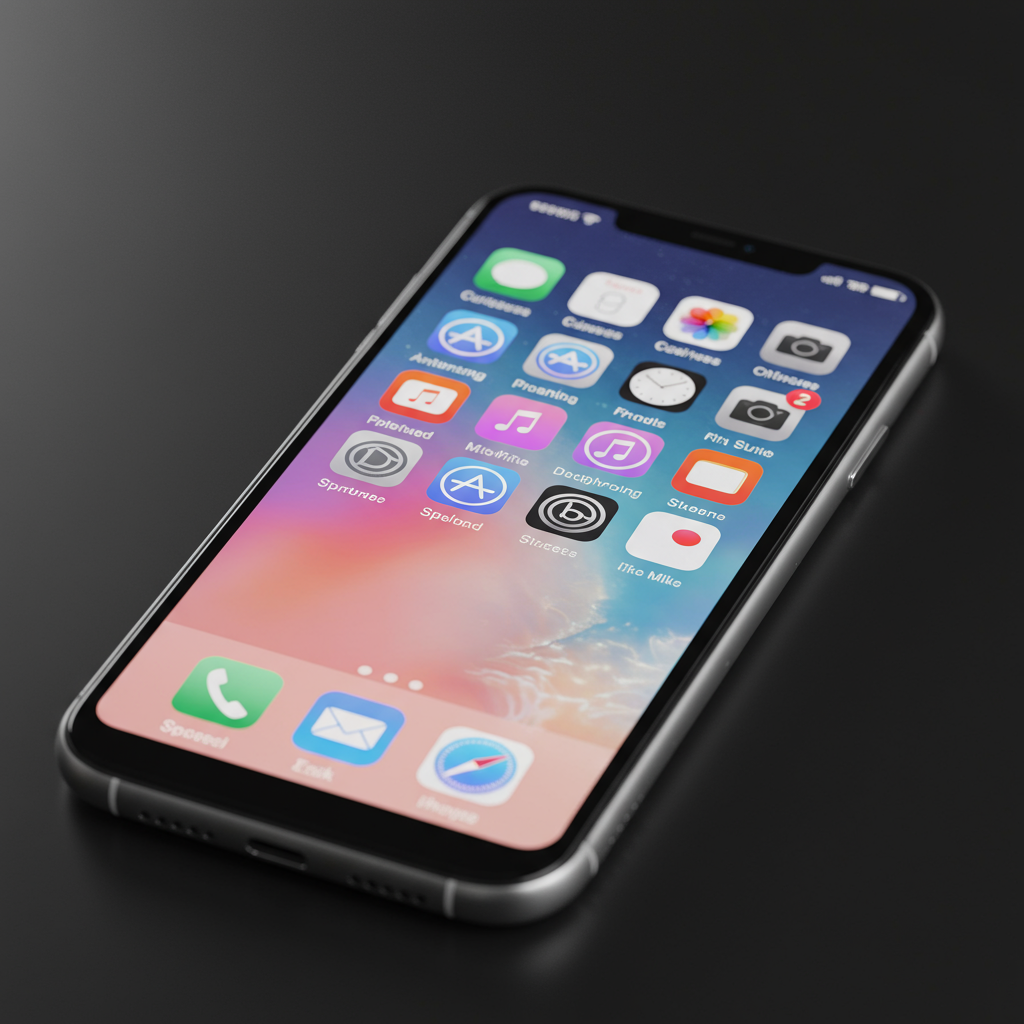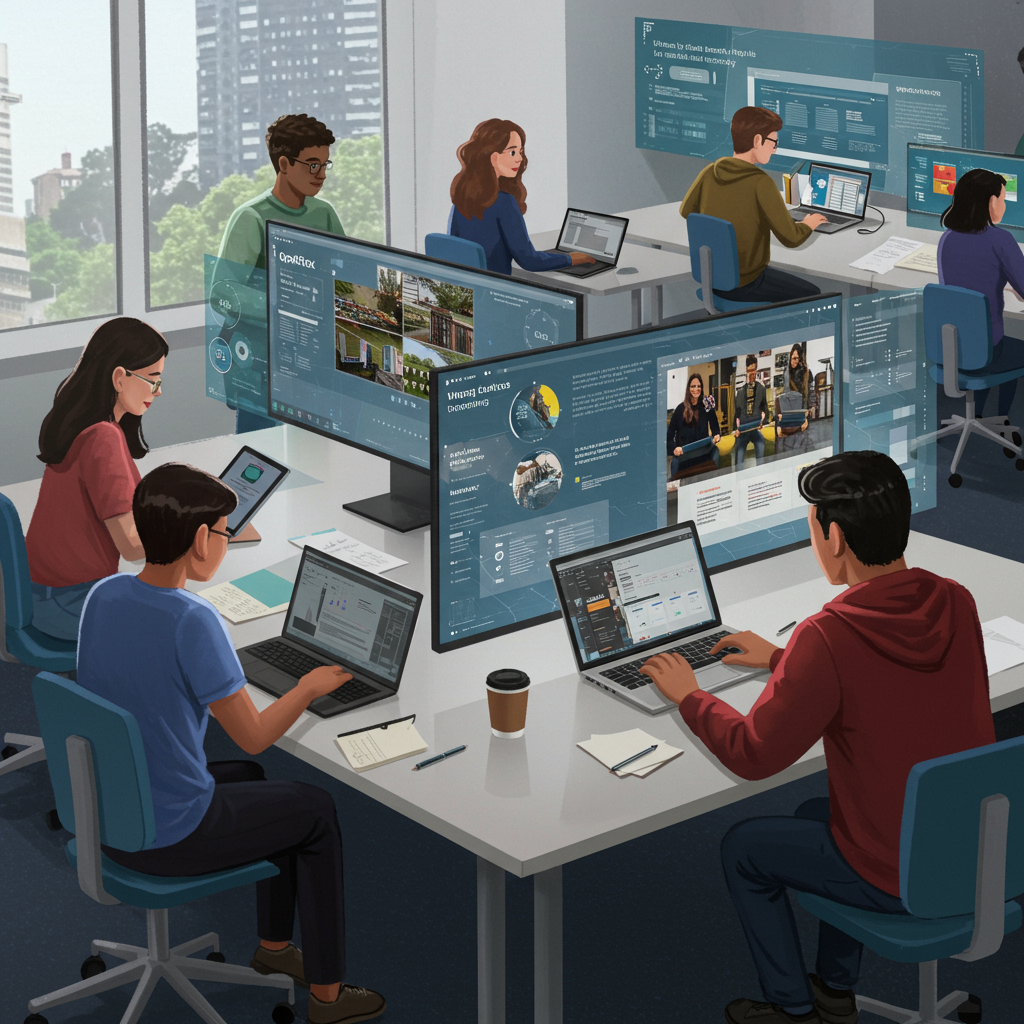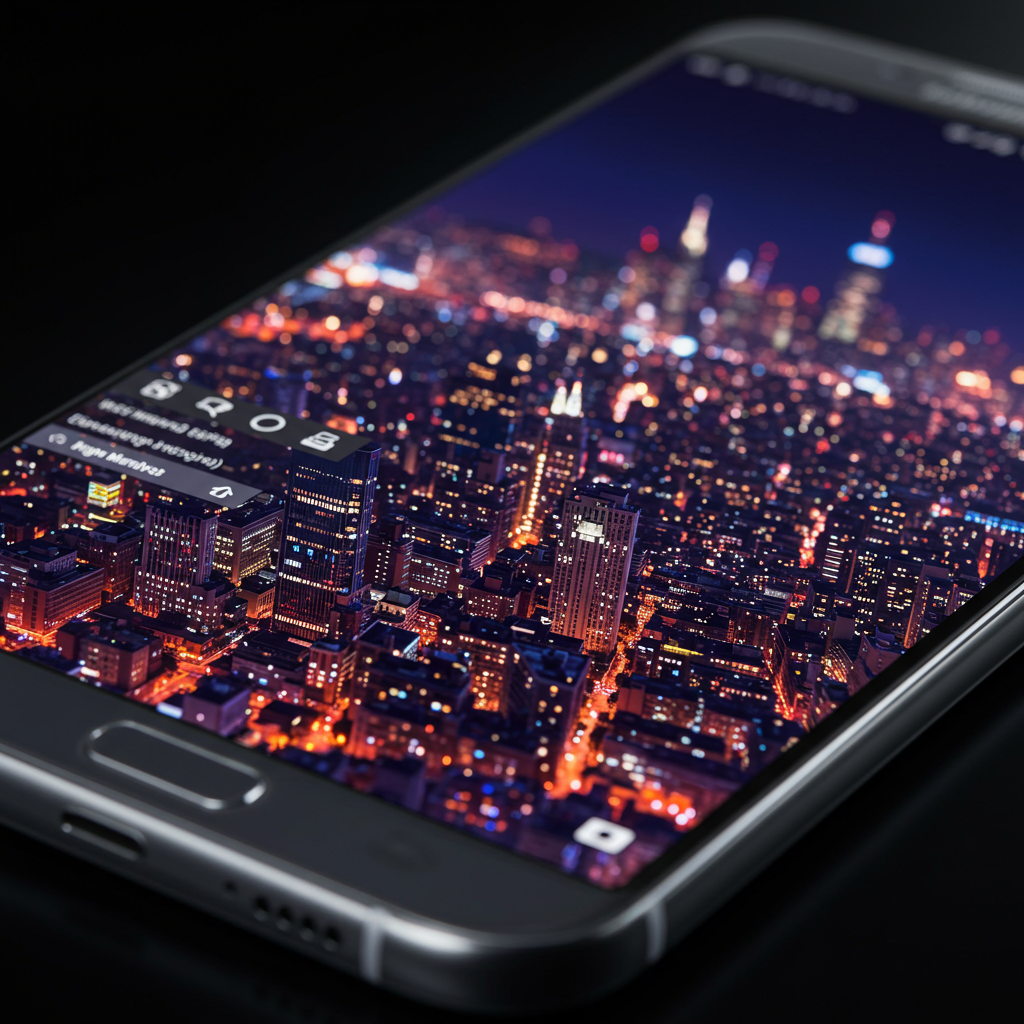Apple’s iOS 26 represents one of the most significant overhauls to its mobile operating system in years, bringing a fresh design language and a host of powerful new features. As the tech giant fine-tunes this groundbreaking software, the iOS 26 public beta has arrived, offering eager users an early peek. While the official full release isn’t expected until the fall, this beta provides a crucial opportunity to explore upcoming innovations like the “Liquid Glass” interface, advanced AI capabilities, and major app redesigns. However, diving into beta software comes with its own set of considerations, and a few smart adjustments can significantly enhance your experience.
Navigating the iOS 26 Public Beta Landscape
Before you jump into the world of iOS 26, it’s vital to understand what the public beta truly is. Apple releases two main types of betas: the Developer Beta and the Public Beta. The Developer Beta, launched earlier in June, is primarily for app developers to test compatibility and report deep-seated issues. These are often the most unstable versions. The Public Beta, typically released later, is more refined and generally based on a later developer build (in this case, often Developer Beta 4). This means it’s usually more stable than the initial developer versions, but it’s still unfinished software.
Installing any beta, by definition, means opting into an unstable version of iOS. This can lead to unexpected bugs, performance issues, and even data loss if not managed carefully. Your daily-driver iPhone might become less reliable, with apps crashing or features not working as intended. Compatibility-wise, iOS 26 supports iPhone 11 models and newer, including the latest iPhone 16 series and iPhone SE (2nd and 3rd generations). Notably, older models like the iPhone XS, XS Max, and XR, which ran iOS 18, are no longer supported. If you decide to install the public beta, always, always back up your device first. This allows for a safe revert to a stable iOS version should you encounter significant problems.
The “Liquid Glass” Revolution: A New Visual Identity
The most immediately striking change in iOS 26 is its “Liquid Glass” design language. This new interface aims to unify the visual experience across Apple’s ecosystem, from iPhone to Mac, iPad, and even drawing inspiration from the visionOS software powering the Vision Pro headset. Imagine menu bars and on-screen elements that appear as if crafted from curved, translucent glass, not merely blurred backgrounds. This aesthetic introduces a distinct warping effect and fluid animations, where elements like Safari’s URL bar dynamically shrink as you scroll.
While visually impressive, the initial “Liquid Glass” implementation drew some user criticism regarding its practicality and readability, especially for those with vision impairments. Many found the excessive transparency made interfaces, particularly the Control Center, appear “messy” or “confusing.” Apple has been actively refining this. In later beta iterations, for instance, a darker tint was added to the notification shade to improve readability as users scroll.
Smart Setting to Optimize: To mitigate the transparency and enhance clarity, consider enabling “Reduce Transparency.” Navigate to Settings > Accessibility > Display & Text Size and toggle on “Reduce Transparency.” This makes Liquid Glass elements more opaque, creating a cleaner and less visually cluttered interface.
Core Feature Overhauls and Advanced AI Innovations
Beyond the design, iOS 26 introduces a wealth of functional enhancements, many leveraging Apple’s growing focus on artificial intelligence.
AI-Powered Summaries & Enhanced Visual Intelligence
One significant reintroduction in iOS 26 is the return of AI-generated notification summaries for news and entertainment applications. This opt-in feature, previously present in iOS 18 for Apple Intelligence-supported devices, was disabled in early 2025 due to reports of inaccurate or misleading content. With iOS 26, this capability is restored, with Apple assuring users these summaries will be “clearly marked as such.” Users can also apply AI summaries to notifications from Communication & Social apps and other applications.
Visual Intelligence sees a major expansion. Now, it can analyze any subject visible on your iPhone’s screen. On Apple Intelligence-supported iPhones (iPhone 15 Pro and newer), this means you can analyze screenshot content, offering on-screen options for searches with Google or ChatGPT, contextual commands like translation or calendar event creation, and even highlighting specific areas for targeted searches, akin to Android’s “Circle to Search.”
Revamped Communication: Phone, FaceTime, and Messages
The Phone app receives a unified interface for recent and missed calls, alongside two major new additions:
Call Screening: This feature fields incoming calls from unknown numbers, proactively asking callers for identification and their purpose before displaying them on your screen. You can disable this, prevent unknown callers entirely, or use Siri to prompt them.
Hold Assist: This monitors phone lines when you’re on hold, notifying you when a live agent connects, freeing you from constant waiting.
For iPhone 15 Pro and later models, Live Translation is integrated into both Phone and FaceTime, enabling real-time conversations in different languages.
The Messages app sees some of the most extensive changes, including new group chat features like typing indicators, Apple Cash integration, and a polling feature to easily gather opinions. Users can also set custom wallpapers as chat backgrounds for individual conversations and screen texts from unknown senders.
Camera & Photos Redesign: Capturing and Organizing Moments
The Camera app boasts a significant overhaul, with streamlined controls that simplify the interface to just two main controls for video and photo. Swipes reveal other modes (portrait, pano), and an upward swipe accesses additional settings. New AirPod features even allow them to function as camera remotes and recording tools.
The Photos app, following an iOS 18 overhaul, restores tabs for toggling between library and collections, addressing prior user feedback. It also allows customization of collection layouts. For iPhone 12 and later, you can now convert existing images into spatial photos with depth effects.
Smart Settings to Optimize:
- Camera Control Adjustments: On iPhone 16 series, the Camera Control button behavior might change. Re-enable “Camera Adjustments” under
Settings > Camera > Camera Controlto restore multi-press gestures and customize their behavior. - Show Screenshots in Photo Library: By default, screenshots might only populate a dedicated “Screenshots folder” in the Photos app. To see them in your main library view, tap the filter icon (three horizontal lines) in the top right of the Photos app, select “View Options,” and then check “screenshots.”
System-Wide Enhancements for Daily Use
Beyond individual apps, iOS 26 brings crucial system-level improvements. A major battery life upgrade is promised through a new “adaptive power mode,” designed to extend battery life on iPhones from the 11 series onward. This dynamically optimizes performance, such as lowering screen brightness or allowing background activities to take slightly longer, mitigating the common battery drain seen in beta software.
The redesigned Safari in iOS 26 features a highly minimalist default toolbar that can nearly disappear when scrolling. This compact view can be frustrating.
Smart Setting to Optimize: To make Safari’s toolbar more prominent, change the tab layout from “compact” to “top” or “bottom” by navigating to Settings > Apps > Safari > Tabs.
Other notable additions include Apple Maps’ new Visited Places feature and preferred route tracking, a new “Games” app acting as a central hub for all your gaming, and CarPlay adopting the “Liquid Glass” interface with new widgets and tapback support for messages, aiming to reduce driver distraction. Shortcuts and Reminders also integrate Apple Intelligence, allowing for AI-powered workflows like text summarization or grocery list generation.
Is the iOS 26 Public Beta Right for You?
While the iOS 26 public beta offers an exciting preview of Apple’s next-generation software, it’s crucial to weigh the allure of new features against the inherent instability of beta software. For those who rely on their iPhone for daily productivity or critical tasks, it’s generally advisable to wait for the stable public release in the fall.
However, if you’re an enthusiast eager to explore the cutting edge, have a secondary device, or are comfortable with troubleshooting and potential bugs, the public beta can be a rewarding experience. Just remember the golden rule: always back up your data before installation, and be prepared for potential quirks. The proactive adjustments to settings, particularly for “Liquid Glass” transparency, Camera Controls, Adaptive Power Mode, and Safari’s toolbar, can significantly improve your early experience.
Frequently Asked Questions
What are the biggest changes and new features in iOS 26?
iOS 26 introduces a major visual overhaul with its “Liquid Glass” design language, bringing translucent and fluid elements to the interface. Key functional enhancements include re-enabled AI notification summaries, expanded Visual Intelligence, a redesigned Phone app with Call Screening and Hold Assist, and significant improvements to Messages including polls and text screening. The Camera and Photos apps also see major overhauls, and a new adaptive power mode promises improved battery life across compatible iPhones.
Which iPhone models are compatible with the iOS 26 public beta?
The iOS 26 public beta is compatible with iPhone 11 models and newer devices. This includes the iPhone 11 series, subsequent models up to the latest iPhone 16 range (including e, Plus, Pro, and Pro Max variants), and the iPhone SE (2nd and 3rd generations). Older models such as the iPhone XS, iPhone XS Max, and iPhone XR are not supported by this update.
What are the essential settings to change after installing the iOS 26 public beta to improve usability?
To enhance your iOS 26 public beta experience, consider these adjustments: 1) Enable “Reduce Transparency” under Settings > Accessibility > Display & Text Size to make the “Liquid Glass” interface clearer. 2) Re-enable “Camera Adjustments” under Settings > Camera > Camera Control to restore full functionality for camera gestures. 3) Activate “Adaptive Power Mode” via Settings > Battery > Power Mode to mitigate battery drain common in beta software. 4) Change Safari’s tab layout from “compact” to “top” or “bottom” in Settings > Apps > Safari > Tabs for better toolbar visibility. 5) In the Photos app, use the filter icon to “View Options” and check “screenshots” to show them in your main library.
Embarking on the Future of iOS
The iOS 26 public beta offers a compelling glimpse into the future of Apple’s mobile platform. From its striking “Liquid Glass” aesthetic to its deep integration of AI and practical app enhancements, this update promises to redefine how we interact with our iPhones. By understanding the nature of beta software and making a few strategic setting adjustments, you can unlock a smoother, more intuitive experience as you explore these cutting-edge features. The journey to the full public release in the fall will undoubtedly bring further refinements, solidifying iOS 26 as a landmark update.




